- Empty cart.
- Continue Shopping
Strawberry
₹80.00
Raw strawberries are 91% water, 8% carbohydrates, 1% protein, and contain negligible fat (table). A 100 gram reference amount of strawberries supplies 33 kilocalories, is a rich source of vitamin C (71% of the Daily Value, DV), a good source of manganese (18% DV), and provides several other vitamins and dietary minerals in small amounts. Strawberries contain a modest amount of essential unsaturated fatty acids in the achene (seed) oil
Strawberries are often grouped according to their flowering habit. Traditionally, this has consisted of a division between “June-bearing” strawberries, which bear their fruit in the early summer and “ever-bearing” strawberries, which often bear several crops of fruit throughout the season. One plant throughout a season may produce 50 to 60 times or roughly once every three days.
Research published in 2001 showed that strawberries actually occur in three basic flowering habits: short-day, long-day, and day-neutral. These refer to the day-length sensitivity of the plant and the type of photoperiod that induces flower formation. Day-neutral cultivars produce flowers regardless of the photoperiod.
The garden strawberry (or simply strawberry; Fragaria × ananassa) is a widely grown hybrid species of the genus Fragaria, collectively known as the strawberries, which are cultivated worldwide for their fruit. The fruit is widely appreciated for its characteristic aroma, bright red color, juicy texture, and sweetness. It is consumed in large quantities, either fresh or in such prepared foods as jam, juice, pies, ice cream, milkshakes, and chocolates. Artificial strawberry flavorings and aromas are also widely used in products such as candy, soap, lip gloss, perfume, and many others.
The garden strawberry was first bred in Brittany, France, in the 1750s via a cross of Fragaria virginiana from eastern North America and Fragaria chiloensis, which was brought from Chile by Amédée-François Frézier in 1714. Cultivars of Fragaria × ananassa have replaced, in commercial production, the woodland strawberry (Fragaria vesca), which was the first strawberry species cultivated in the early 17th century.
The strawberry is not, from a botanical point of view, a berry. Technically, it is an aggregate accessory fruit, meaning that the fleshy part is derived not from the plant’s ovaries but from the receptacle that holds the ovaries. Each apparent “seed” (achene) on the outside of the fruit is actually one of the ovaries of the flower, with a seed inside it.
In 2019, world production of strawberries was 9 million tonnes, led by China with 40% of the total.
Only logged in customers who have purchased this product may leave a review.
General Inquiries
There are no inquiries yet.

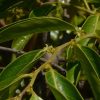
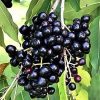
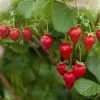




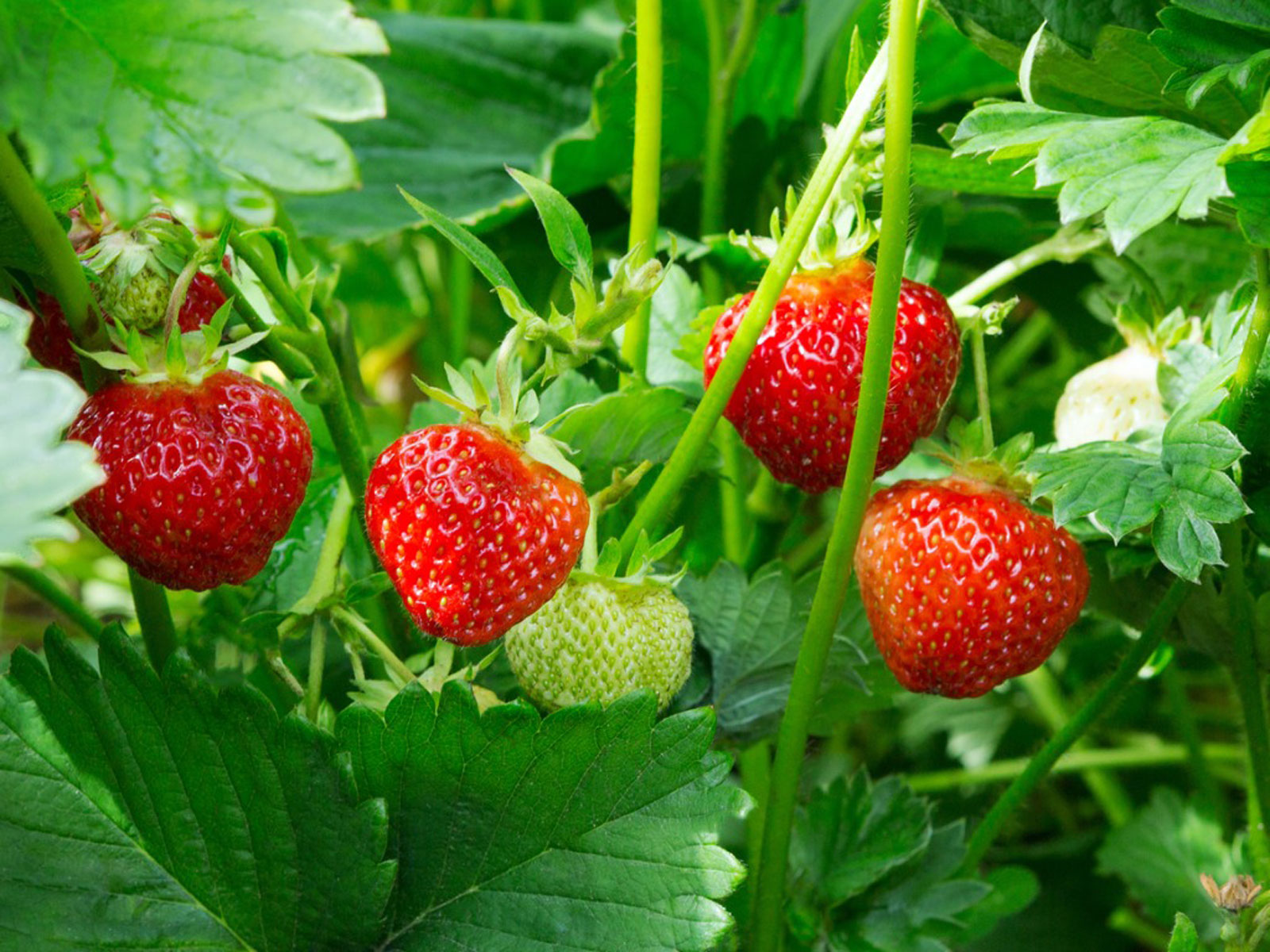
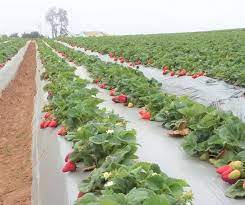

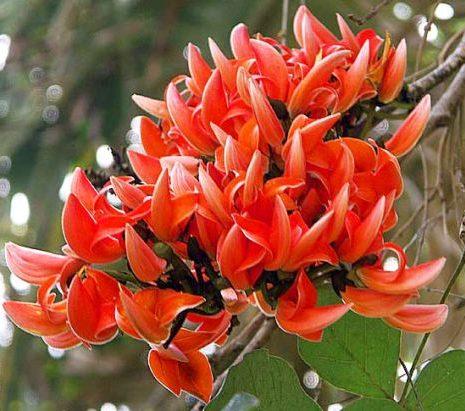

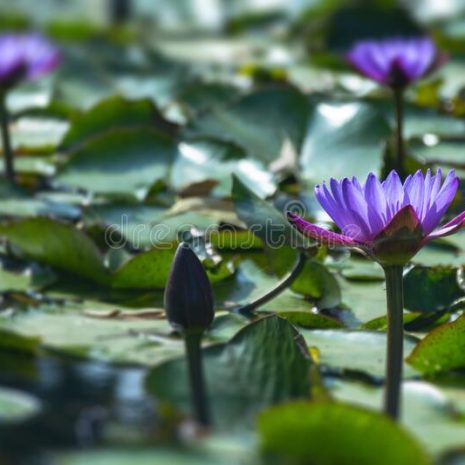
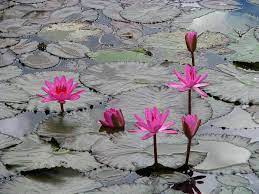

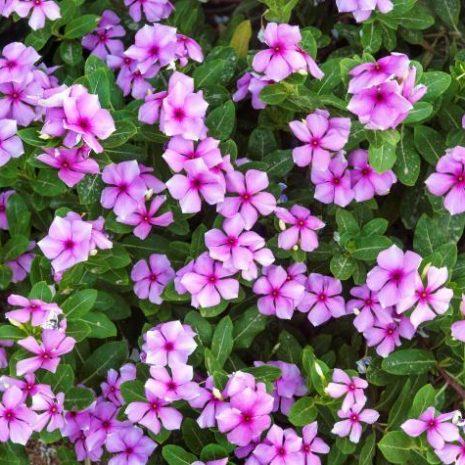



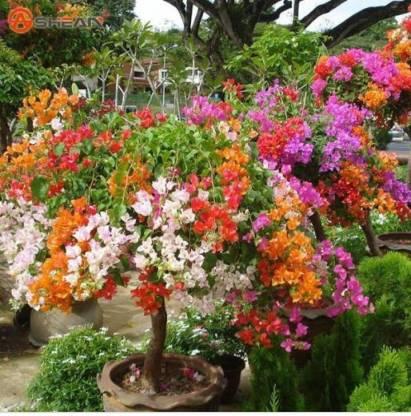
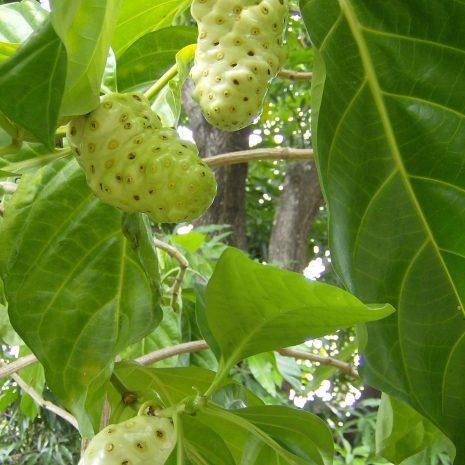
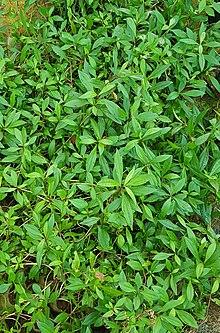
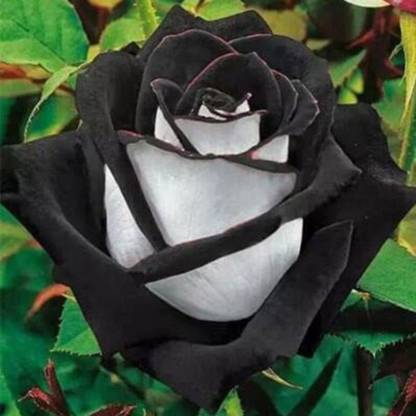
Reviews
There are no reviews yet.